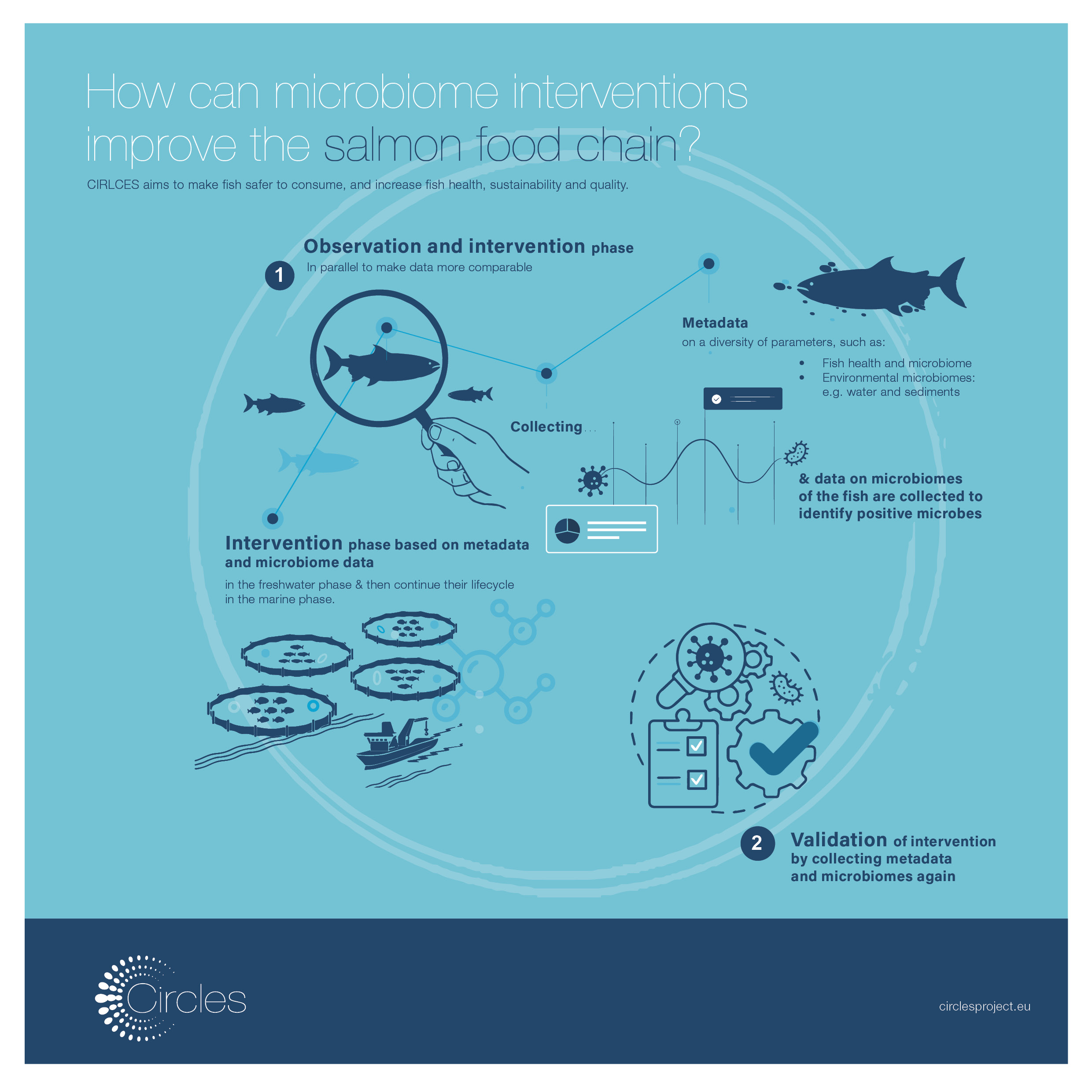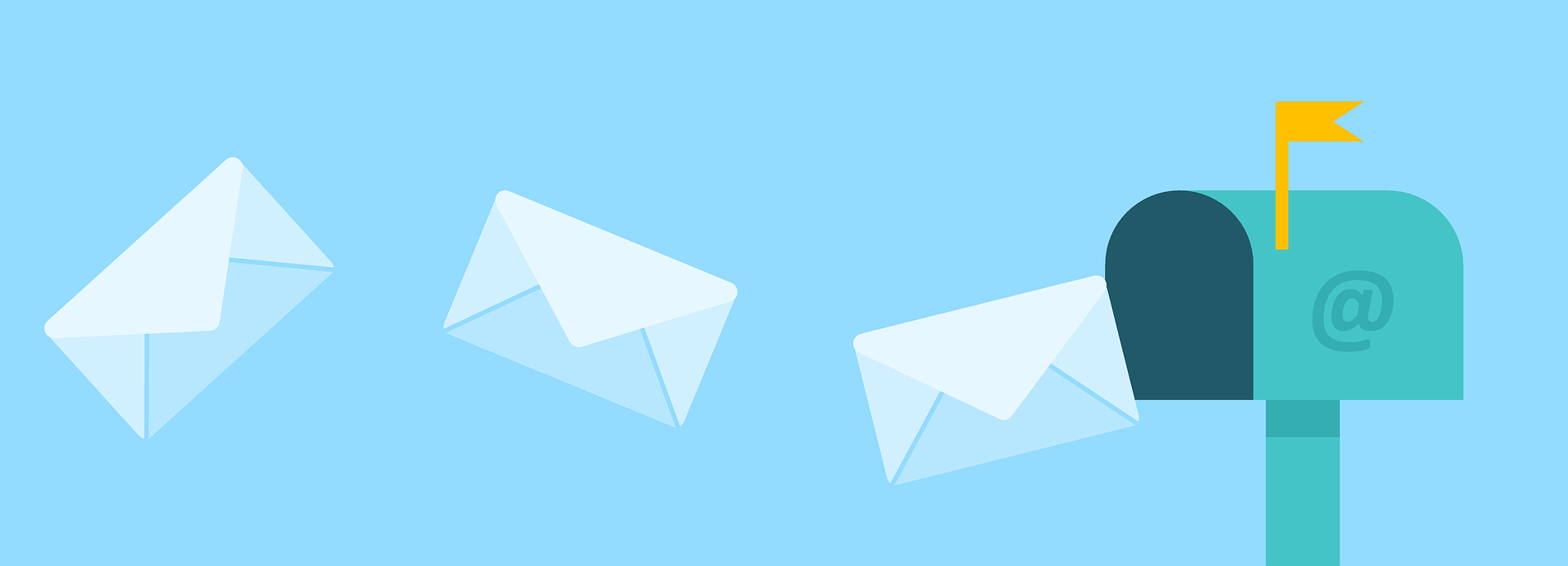By Gian Marco Luna and Grazia Quero – CNR-IRBIM Ancona, Italy
An incredible amount of scientific papers on the human microbiome has been published during the last years, which showed how much the microbiome is involved in processes that benefit the host, including nutrition and immune system modulation. The human microbiome has been defined as our “second brain”, due to its intimate connection with our body, and the numerous benefits it provides to our overall health. Good microbes protect us from bad microbes, they produce useful compounds such as vitamins and they can even influence our mental health.
Why looking at microbiome in wild fish?
Recent studies have partially covered these aspects on other mammals and animals, including fish, with particular reference to farmed fish. However, science is becoming increasingly interested in understanding the role of microbiome in wild fish, especially in those species representing commercially relevant food stocks.
To what extent microbiomes influence wild fish? From one side, a greater knowledge on wild fish microbiome may help us to improve the production of such species in aquaculture; on the other hand, we are becoming aware that this knowledge will really help us in understanding how – and how much – the aquatic environment influences the wild fish microbiome, and to use this knowledge for an adequate management of these species. Last but not least, the comprehension of the role and the structure of wild fish microbiome may lead to the production of a new, sustainable generation of food with improved nutritional qualities. Today, we still have few baseline and comparative studies evaluating the intestinal and skin microbiome in farmed versus wild fishes. Science asks for a clear understanding of the role that specific gut and skin microbes play in wild fish, and people asks for sustainable and healthy fish food.
The role of CIRCLES in understanding wild fish microbiome
CIRCLES aims at filling these gaps, by exploring the world of microbes living in (and on) wild fish, how they interact with the animal host and how we can exploit this knowledge for improved and healthier foods in the next future. In CIRCLES, we will evaluate the microbiome structures in wild fish in two model species, the Mediterranean sea bream and the Atlantic salmon, and use these data as a reference basis to interpret microbiome data and assist in developing microbiomes-tailored circular actions. To make the picture complete, we will also assess the health and safety of the marine ecosystem in proximity to aquaculture cages to understand mutual interactions and exchanges between fish farms and marine microbiomes and validate and apply innovative blue-technology approaches to modulate the marine microbiome and improve the environmental quality and sustainability of open-fish cage aquaculture practices.






